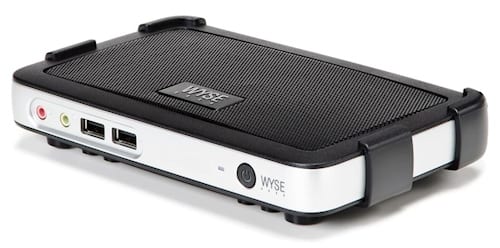Since the last post the project team has been hard at work on the delivery of the new Windows 7 & Office 2010 desktop solution. Following a series of low level design workshops a detail design was agreed and the project moved into the technical implementation stage. Server hardware was ordered and installed, operating systems installed and the build of the desktop environment and supporting management infrastructure begun. We are now at a stage where we can start to let users test out the desktop and so have opened up access to our colleagues in the Library so that they can take a first look and provide feedback before we go live.
Currently the desktop includes the following applications (more will be added in the future):
- Office Professional Plus 2010; Access, Excel, InfoPath, OneNote, Outlook, PowerPoint, Publisher, Word
- Project Professional 2010
- SharePoint Designer 2007
- Visio Premium 2010
- Internet Explorer 9
- Google Chrome
- IBM SPSS 19
- Paint.NET
- 7-Zip
- Acrobat Reader
- Sophos Anti-Virus 10

